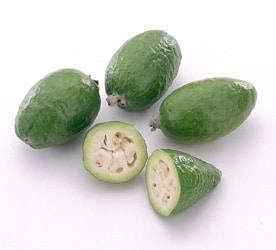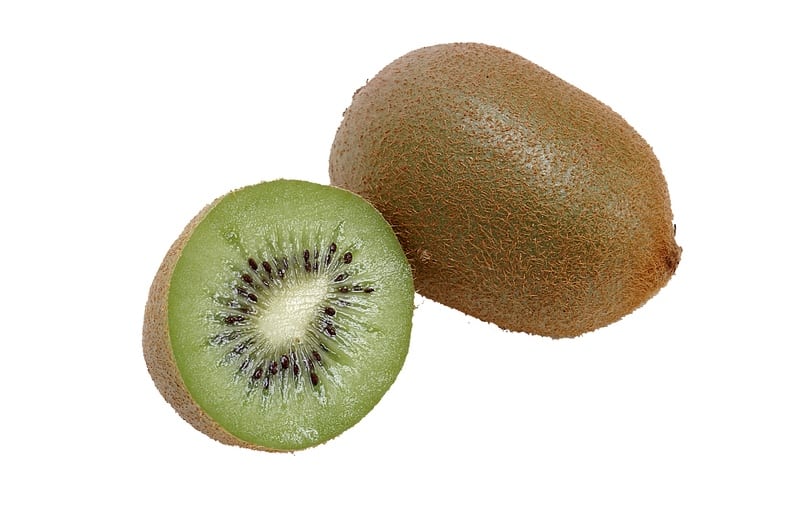Blueberries are flowering plants of the genus Vaccinium (a genus which also includes cranberries and bilberries) with dark-purple berries and is a perennial. Species in the sectionCyanococcus are the most common fruits sold as “blueberries” and are mainly native to North America. They are usually erect but sometimes prostrate shrubs varying in size from 10 centimetres (3.9 in) to 4 metres (160 in) tall. In commercial blueberry production, smaller species are known as “lowbush blueberries” (synonymous with “wild”), and the larger species are known as “highbush blueberries”. The leaves can be eitherdeciduous or evergreen, ovate to lanceolate, and 1–8 centimetres (0.39–3.1 in) long and 0.5–3.5 centimetres (0.20–1.4 in) broad. The flowers are bell-shaped, white, pale pink or red, sometimes tinged greenish.
The fruit is a berry 5–16 millimetres (0.20–0.63 in) diameter with a flared crown at the end; they are pale greenish at first, then reddish-purple, and finally indigo when ripe. They have a sweet taste when mature, with variable acidity. Blueberry bushes typically bear fruit in the middle of the growing season: fruiting times are affected by local conditions such as altitude and latitude, so the height of the crop can vary from May to August depending upon these conditions.
Blueberry – A north American fruit high in antioxidants. The small bushes grow in acidic soils, producing hundreds of small blue fruits in early summer.
The genus Vaccinium has a circumpolar distribution with species in North America, Europe and Asia.Many commercially sold species whose English common names include “blueberry” are currently classified in section Cyanococcus of the genus Vaccinium and come predominantly from North America. Many North American native species of blueberries are now also commercially grown in the Southern Hemisphere in Australia, New Zealand and South American countries.Several other plants of the genus Vaccinium also produce commonly eaten blue berries such as the predominantly European bilberry (Vaccinium myrtillus), which in many languages has a name that means “blueberry” in English.
Benefits
Blueberries have many health benefits, including the highest antioxidant ability of all fresh fruit. They also have effective anti-inflammatory, anti-blood clotting and antibacterial effects. In the past they were often used to combat diarrhoea and food poisoning. They are also thought to have anti-ageing properties.
Maximising the benefits
Blueberries are not sour and can be eaten raw, so preserving their vitamin C content. Lightly cooked fruit retain their therapeutic properties.

